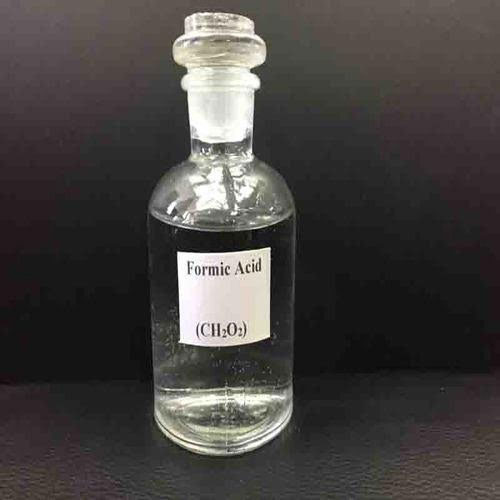Question #afc26
1 Answer
0.06%
Explanation:
The percent ionization of formic acid in your solution will be 0.0635%.
The first thing to notice is that you're dealing with a buffer, which is a solution that consists, in your case, of a weak acid, formic acid, and a salt of its conjugate base, sodium formate.
The great thing about a buffer is that you can use the Henderson-Hasselbalch equation to determine its pH.
Calculate
The above equation becomes
By definition, a solution's pH is equal to
This means that you can determine the concentration of hydronium ions by
Formic acid dissociates according to the following equilibrium
The percent ionization of formic acid will be



